#cottagecore potions
Photo
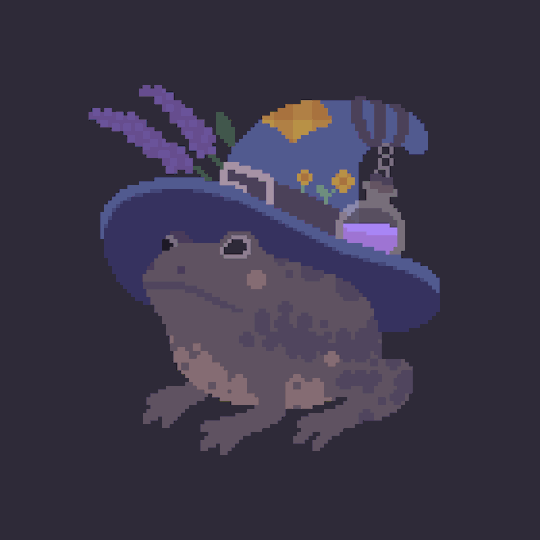
sometimes u just need a witchy frog ✶
tip jar • links
#cottagecore#goblincore#pixel#pixel art#frog#frogblr#frog art#witch#witchy#witchcraft#witchblr#crowcore#frogcore#aesthetic#artists on tumblr#potion#lavender#animation#pixel animation#animated#animated art#self
24K notes
·
View notes
Text
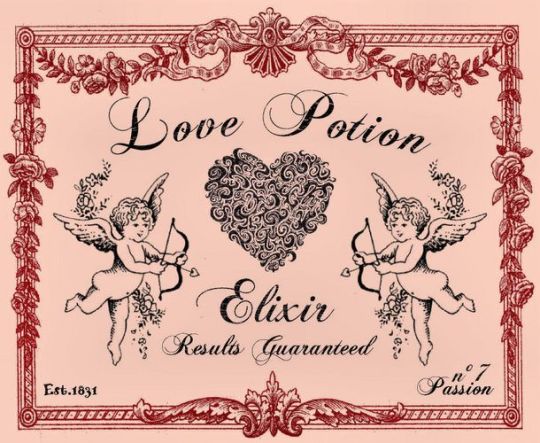
№ 7 Passion
4K notes
·
View notes
Photo
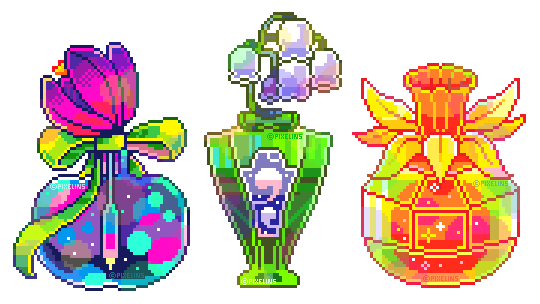
mysterious elixirs ....
#pixel art#pixelart#pixelins#pixel#Perfume#artists on tumblr#floral#cottage#witchy#witchcore#cottagecore#potions#spells#pixel food
4K notes
·
View notes
Text

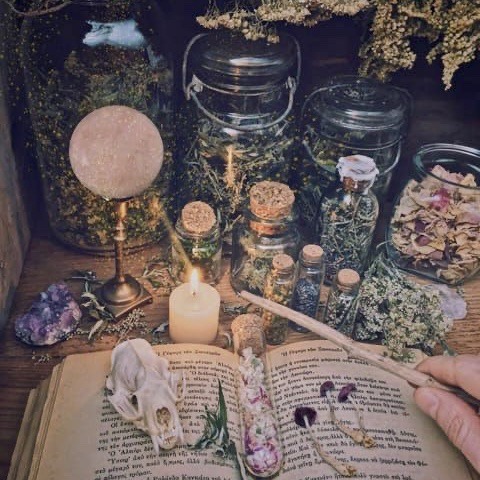

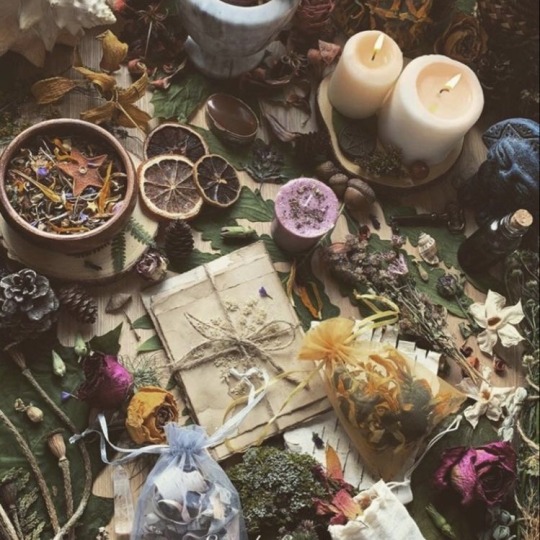
via themagickkitchen
#cottagecore#nature#naturecore#flowers#flowercore#warmcore#witch aesthetic#scary#witchlr#witchy#herbs#magick#potions#books#dark academia books#dark academia aesthetic
4K notes
·
View notes
Text
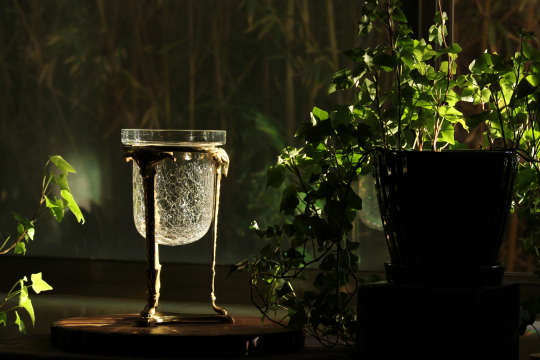

Sun was coming through my window and lit everything up so nicely!
#i love shiny things#what can i say :/#photography#crowcore#shiny#sun catcher#light academia#whimsigothic#cottagecore#whimsicore#whimsical aesthetic#fairy aesthetic#apothecary#potions#fairycore#naturecore#fantasycore#sunshine#grandmacore#whimsical#whimsigoth#witch#wizardcore#wizard#witchy#witchcore#witchy vibes#witch aesthetic#do not upload on other sites/steal
373 notes
·
View notes
Text
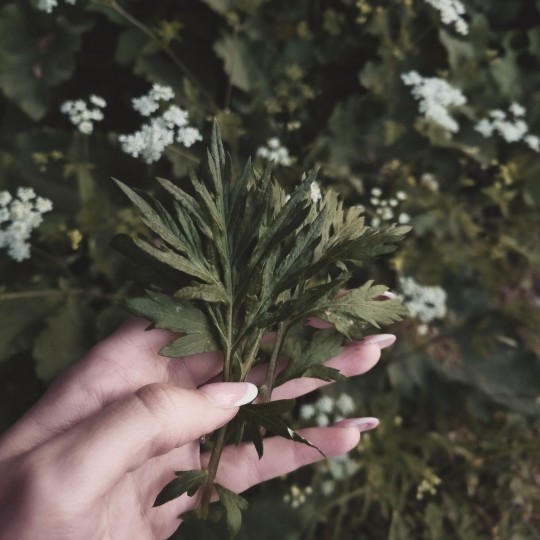

Picking mugwort in the forest at sunrise, gonna have some really sweet dreams tonight 🌿
#nature#flowers#herbs#tea#cottagecore#fairycore#forest witch#witch aesthetic#green witch#green aesthetic#naturecore#my photography#mugwort#witchcraft#potions#herbology#forests
1K notes
·
View notes
Text

A potion shop 🍄🌱
#artists on tumblr#clip studio paint#digital art#frogs#goblincore#illustration#cottagecore#frog art#mushroom#mushroom house#potion shop#wizard#potions#snail
166 notes
·
View notes
Text

More potions, just need backings
#pottery#ceramics#handmade#ceramic#cottagecore#revivify_inn#potion jewelry#potions#porcelain jewelry#porcelain#ttrpg stuff
66 notes
·
View notes
Text

bunny coven potion making
#bunny#my art#alt text#cute#bunnies#cottagecore#forestcore#witchcore#cauldron#rabbits#fairycore#witch#witches#witchcraft#adorable#buns#magic#magical#potions#magic potions#halloween#halloweencore#autumncore#bunny coven is accepting memberships NOW#they are doing a very good job#spoopy#spooky
2K notes
·
View notes
Text

Dare to be wild, dare to be frightening
#forest witch#cottage witch#cottagecore#goth#divination#potions#occult#spells#grey witch#green witch#quotes#witch quotes#witches#pagans of tumblr#norse gods#norse paganism#pagan witch#paganblr#witchblr#witchcore#witchy
65 notes
·
View notes
Text

#khajiit metaphysical#not mine#stolen from facebook#witchblr#witchcraft#cottagecore#witchcore#witch#tea recipes#tea#herbs#herbal witch#kitchen witch#potions
83 notes
·
View notes
Text
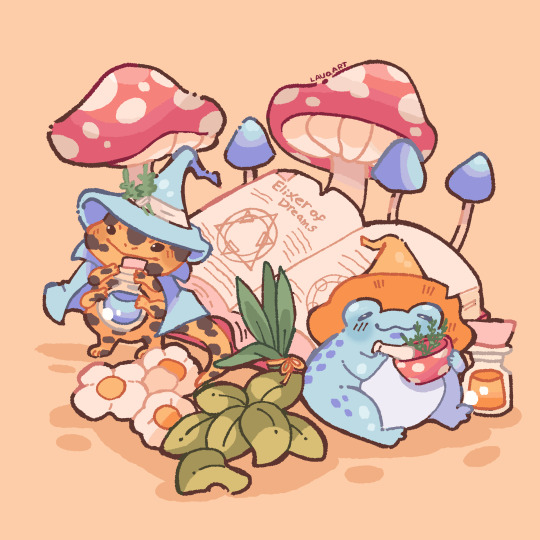
Wizard and Toad Alchemist Commission 🌱🍄🦎
#alchemy#alchemist#toad#salamander#fire salamander#herbal#herbs#plants#fantasy plants#flowers#magic potion#potions#cottagecore art#cottagecore#cottage aesthetic#cottage witch#witchcore#witch#clip studio paint#artists on tumblr#clip studio art#digital art#art#artistsontumblr#cute#cute art#illustrators on tumblr#kawaii#spellbook#mushrooms
72 notes
·
View notes
Text
Meadmaking
Hey all, Zoe here - the other half of this blog, and I decided to try my hand at posting - particularly my little mead-making project.
Even though Mac is the medieval drinks expert, I just like mead as a drink and I feel like a potion-brewing witch when I make it. Beer was the more popular drink during the middle ages, as it was cheaper and more widely available, but I think it's nasty and who doesn't want to feel like Early English royalty?
As I dug into mead-making, I fell into a SUPER deep medieval-mead-making rabbit hole.
I'm not a mead expert, and I'd highly recommend Susan Varberg's blog, Medieval Mead & Beer, for a very, very in-depth look at how to make medieval mead. HOWEVER, all that said, I did collect some research and played with it myself. Plus, I made some of my own recipes.
So. Mead.
What is it? Fermented honey water, in its most basic form. Honey-wine, it can be called to those who aren't familiar. There's a lot of other names mead has when it's mixed with other things:
Mead – water, honey and yeast
Sack Mead – mead made with extra honey
Short Mead – low honey and low alcohol yeast to be drunk quickly
Hydromel – watered down mead (in period, another word for mead)
Braggot – (period) ale refermented with honey; (modern) malted mead
Melomel – mead made with fruit
Mulsum – mead made with fruit
Cyser – mead made with apples
Metheglin – mead with spices
Pyment, Clar – mead made with grape juice
Hippocras – spiced wine, sweetened (but not fermented) with honey
Botchet — caramelized honey mead
Really, though, when you see it on the shelf, a pumpkin melomel will be marketed as "Pumpkin Mead," so really only the brewmasters get into the weeds on the names.
I was really curious as to how the ingredients were sourced in the middle ages - nowadays, brewers get really into where they source their ingredients (there's a bazillion different yeasts you can use!), but after doing some research, turns out the medievals were too!
Honey.
The medievals categorized honey in different ways. The best quality honey was called "life honey" and was the honey that dripped freely from the wax when pierced. Grades of honey diminished as the honey became harder to get out of the hive. The dregs of honey (collected by heating the frame in water to blend the honey but not melt the wax) was given to servants and was not preferred.
Honey was also categorized by location - Egyptian honeys were very popular and expensive. Honey from different regions in Spain were considered of different quality - one merchant got particularly fussy when one of his batches was "spoiled" by mixing honey from a better region with that from a worse region.
Finally, honey was categorized by flower type. One monetary requested honey made only from lavender. Since hives were highly mobile frames or skeps, it would have been possible for apiarists to move their hives to lavender fields.
Water.
Water is, well, water. Right? Not quite. Medieval recipes do specify using fine, spring water. The water and honey were often boiled together - likely to kill bacteria. However, the wording on "boille" is not super clear. Mead-masters knew that honey shouldn't be boiled (it kills natural yeast), so whether or not the must (the water/honey mix) was boiled in the modern sense or just warmed is unclear. Perhaps the need for "fine, spring, fresh water."
Yeast.
While modern brewers and vintners have a wide variety of yeasts to choose from, medieval brewmasters didn't have as many options. There were a few different options, however. Baking yeast (like a sourdough starter) was one option, while other recipes call for the leftover lees of wine/mead batches. Hops were also used. Of course, yeast is also naturally occurring, so brewers could fairly reliably rely on the natural yeast to kick-start itself.
I'll dump my own mead pics here and then get into the details of a Middle English mead recipe in part two, I guess. I'll talk a bit about the mead-making process, too.
Mead is made by mixing honey and water into a must. Then, yeast is added. Modern mead-makers also add yeast nutrients and other additions to ensure their batch doesn't get infected.

A newly made bottle of mead. Notice the cloudy colour characteristic of new mead. As the yeast eats the sugars, they'll create a bottom layer of debris and the mead will clear, as seen below.
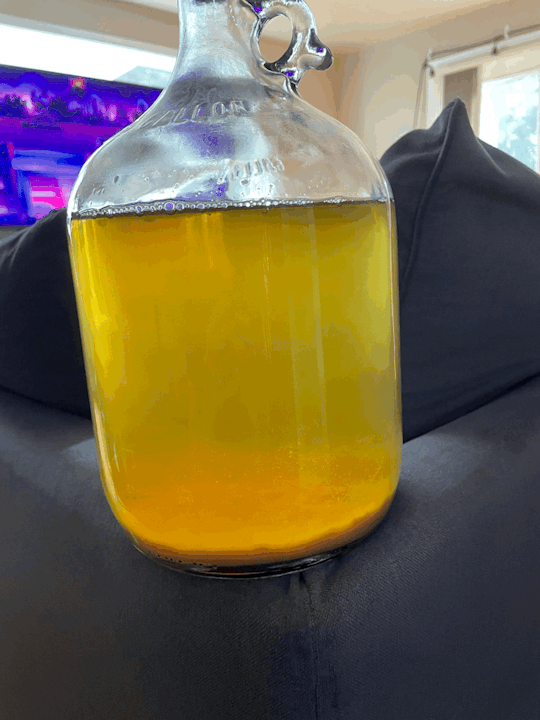
After the primary fermentation has occurred (you can tell when the bubbles of gas, telling you the yeast is eating, have stopped), mead-makers will re-reack their mead. This involves moving it from one jug to the next.

At this point, the mead can be put into a closet and age for a while. The best meads have high clarity - that is, they're clear! The example below is only about 2 months old. It has a way to go, but has good clarity already. Notably, the sagas state that the best, oldest, clearest meads were served to Odin and the gods.

Anyway - that's the basics of mead-making. I'll make a part two about older recipes!
Sources:
Beekeeping in late medieval Europe: A survey of its ecological settings and social impacts. Llu.s SALES I FAVÀ, Alexandra SAPOZNIK y Mark WHELAN
Trade, taste and ecology: honey in late medieval Europe. Alexandra Sapoznik, Lluís Sales i Favà & Mark Whelan
Of Boyling and Seething: A re-evaluation of these common cooking terms in connection with brewing. Susan Verberg.
#bees#beekeeping#mead#mead-making#mediveal#medieval literature#witches#cottagecore#potions#i feel like a witch#maniculum
122 notes
·
View notes
Text

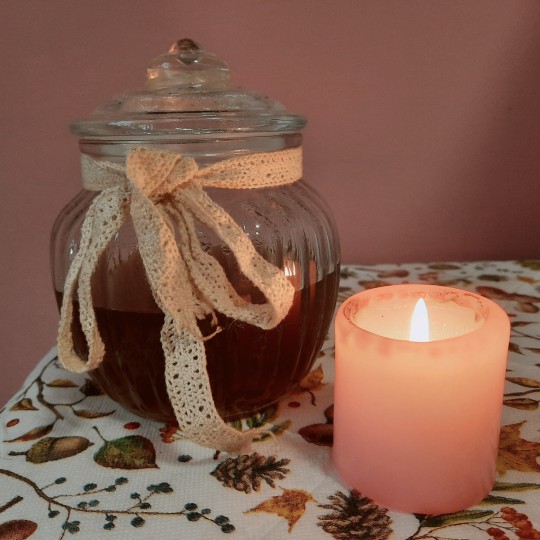
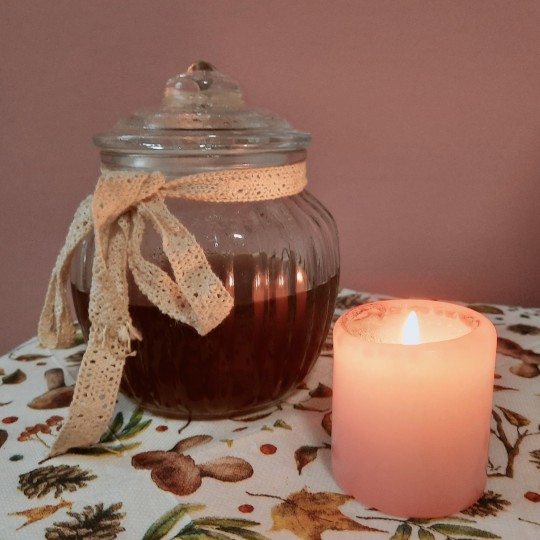
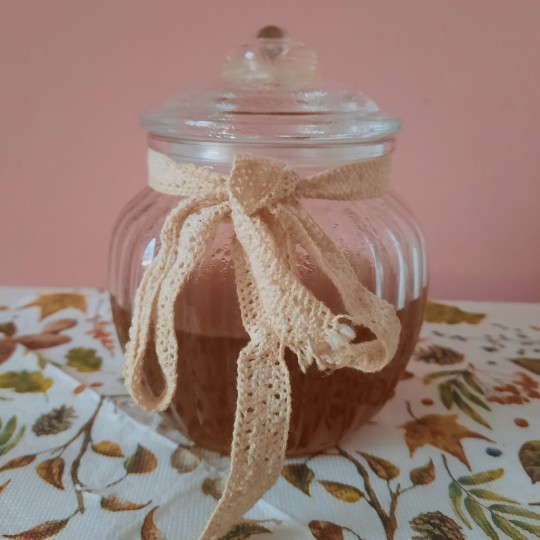
Fresh Rosemary-Mint water. 🌿✨️
#be kind to yourself. 🧸#i love you! 🩷🍃#so excited to try this out! 🍃#cottagecore#cottageblr#cottage core#cottage aesthetic#grandmacore#farmcore#cottagecore aesthetic#nature#fairycore#angel core#witch core#pastel witch#soft witch#baby witch#pink witch#witchcraft#potion#mine#earthscent#🪷
242 notes
·
View notes
Text

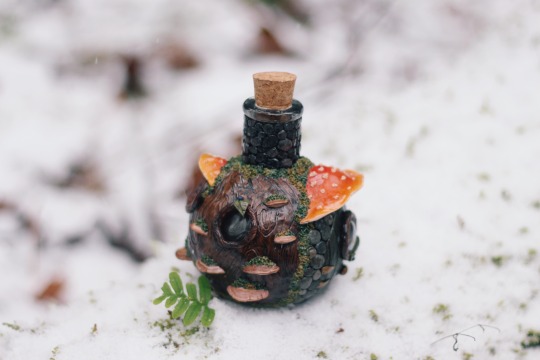
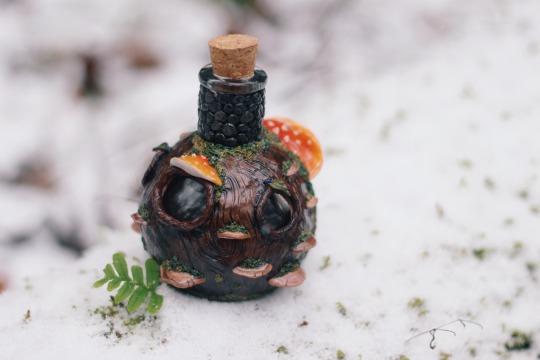
potion bottle faerie house - available 🍄🌿
shop | instagram
#fae#faerie#fairy#faecore#fairycore#fairy house#potion#potion bottle#witchy#witchblr#whimsical#woodland#goblincore#cottagecore#fairytale#polymer clay#sculpture#trinket#mushroom#mushroom house#mushrooms#toadstool#fantasy#handmade#small artist#small shop#small business#artist#artblr#artists on tumblr
390 notes
·
View notes
Text
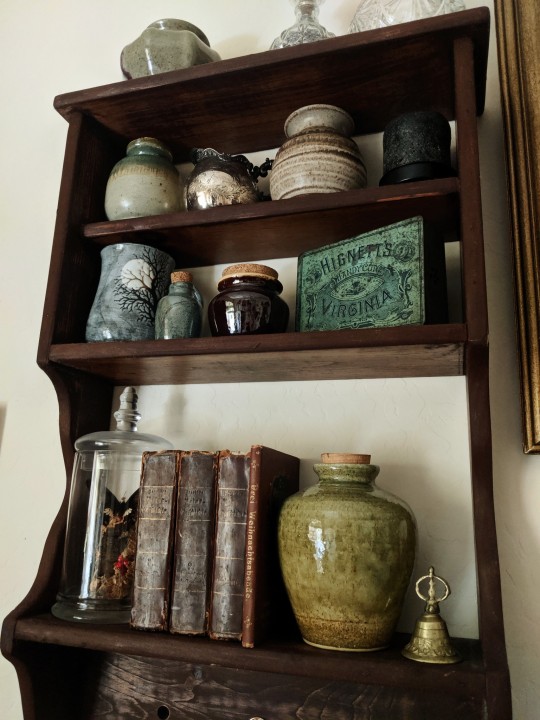
#This is just a fraction of my pottery :/ I have a problem#photography#apothecary#fantasycore#whimsigoth#whimsigothic#fairycore#cottagecore#books#antique#vintage#witch#light academia#dark academia#wizardcore#wizard#mage#cottage#dnd stuff#potion#fairy aesthetic#fantasy#whimsical#pottery#ceramics#potion shop#halloween#witchcore#witch aesthetic#do not upload on other sites/steal
916 notes
·
View notes